Craftivism: An Introduction
In late 2000, I lived in New York City and learned how to knit. I just wanted to learn a hobby with which I could connect to others, I didn’t want to create a movement. But that didn’t mean I didn’t need to change my life. It wouldn’t be until later that I fully realized how much I needed craft in my life, but learning that new skill brought more into my life than I ever would have guessed. New friends, a new idea, and new conversations amassed just from learning how to make.
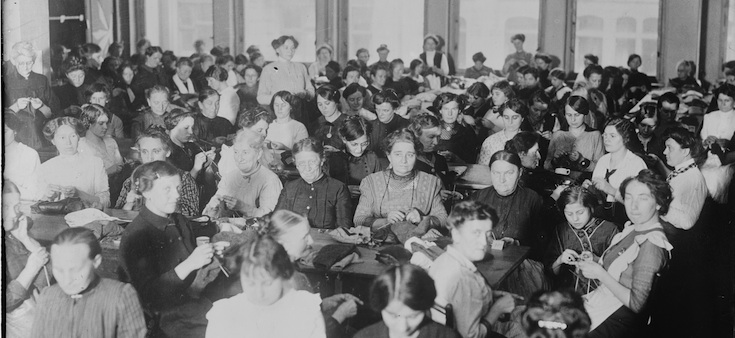 Women knitting for soldiers in Berlin during WWI, either in 1914 or 1915. (Okay, so my first knitting group wasn’t this crowded, but it was as awesome.)
Women knitting for soldiers in Berlin during WWI, either in 1914 or 1915. (Okay, so my first knitting group wasn’t this crowded, but it was as awesome.)
That fall I found out about a knitting circle. I went with a friend, unsure of what to expect really. We ended up being welcomed into a brownstone and were taught by the group as if it were a round robin. One woman would show us one way to knit, yet when we got stuck she was nowhere to be found, so another knitter’ would step in. The women ranged in age from their 20s to 70s, something that seemed so unusual seeing that we were neither in school nor with family, groups that normally tended to be intergenerational. As a result, we left fulfilled, having been coached along by a grand and diverse succession of knowledgeable women.
I would sit on my couch and knit each night, trying to get the stitches just right. Inevitably, the final product (a kelly green scarf) ended up looking like it was done by a 6-year old, but I didn’t care, as it was made by me. Literally with my own two hands. ‘ I found space between the stitches. Space to think and recalibrate. I began to have real conversations with my grandmother again, as she told me about her own knitting. Suddenly, I was having conversations about making things with people that beforehand, I was never quite sure what to talk about with!
One night, on Halloween, I walked down to the end of my block, where the annual Greenwich Village Halloween Parade was passing by. The parade is a happy, somewhat raucous event, with lots of drag queens in glorious wigs and people wearing elaborate costumes. However, one part of the parade was a host of political puppets. It being 2000, the year of the presidential election between George Bush and Al Gore, someone had constructed literally larger-than-life political puppets of each man. As they came trundling down the street, the lively crowd became quiet. And once they had passed, the party began again, but something about those puppets stuck with me as I went back and knitted on the couch.
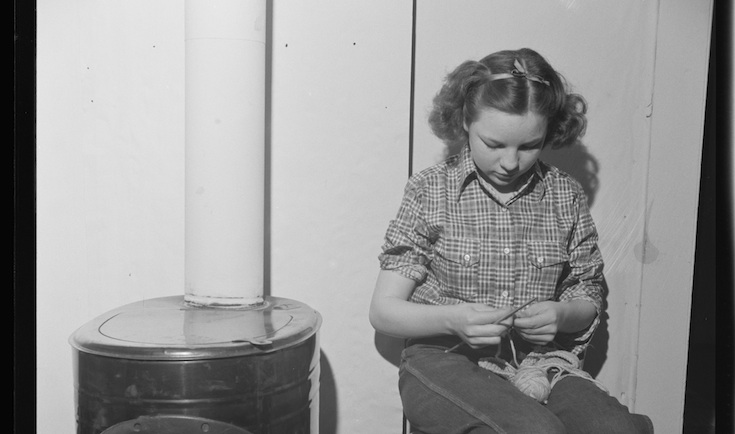 Moreno Valley, Colfax County, New Mexico. A rancher’s daughter knitting during a poker party at George Turner’s ranch, 1943. (Minus the stove, this is pretty much what I looked like on my couch.)
Moreno Valley, Colfax County, New Mexico. A rancher’s daughter knitting during a poker party at George Turner’s ranch, 1943. (Minus the stove, this is pretty much what I looked like on my couch.)
As I knitted away’ I began to think about how our craft skills could be used as a form of activism. It struck me’ that the relationship between the two created a more poignant experience than so-called traditional activism, which tends to rely on chanting and holding up signs. The puppets made an impact, quieting the loud party crowd to a silence, commanding a right to attention. As they slinked by, I questioned’ why they were constructed. ‘ This idea percolated in my brain for well over a year, and I didn’t return to it until I was thinking about applying for a grant and put this idea into writing as something I wanted to research.
One night at the knitting circle I had created (I had moved back to my hometown down south by then), I mentioned how craft and activism are related and could be used together and someone piped up with, “œYou could call it craftivism!” So I did. I went home and Googled the word to find that it had been used twice in the explanation of a workshop held by the Church of Craft. Soon after, I created craftivism.com as a platform to share my ideas.
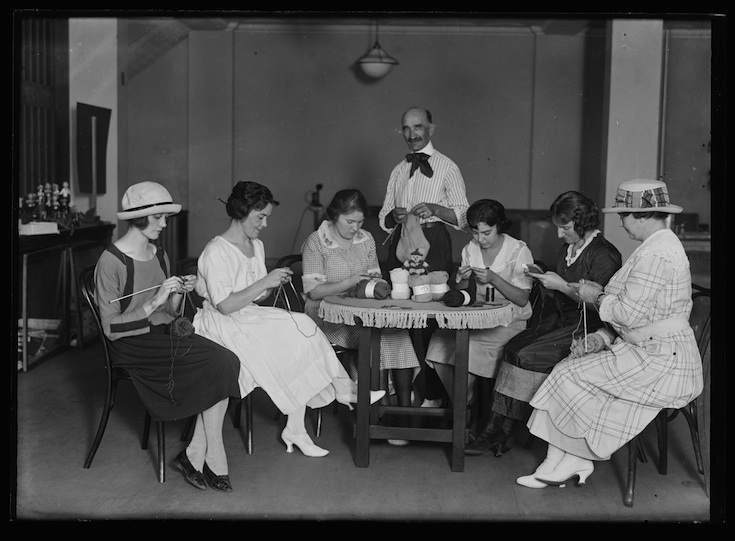 Photograph by Harris & Ewing taken between 1921 and 1932 (Our knitting circle looked kind of like this, only no overly enthusiastic man in an outstandingly devilish tie.)
Photograph by Harris & Ewing taken between 1921 and 1932 (Our knitting circle looked kind of like this, only no overly enthusiastic man in an outstandingly devilish tie.)
Of course, my idea was not a new one. People had been fusing crafts and activism in various ways way before me, I was just the first one to start talking about it publicly under a new umbrella term that was coined in 2003. The more I talked about craftivism on the internet, the more people from all over the world came to use it. Right now, there are over 100K+ hits on Google for craftivism, up from 2 in 2003. At first I resisted coming up with a definition, as I wanted people to take the idea and personally run with it. Later I wrote a long definition for an encyclopaedia, however, it was quite unwieldy, so after being asked over and over for a shorter one, I came up with the following, “œCraftivism is a way of looking at life where voicing opinions through creativity makes your voice stronger, your compassion deeper & your quest for justice more infinite.”
As time passed, and people came up with their own craftivism projects, they began to splinter off into three distinct groups. Therefore, I came up with three basic tenets of craftivism in order to further break down what craftivism stands for. Over the next three posts in this series, I’m going to cover each one of them more in depth, but in brief they are: 1) donation (creating garments for other individuals who need them), 2) beautification (improving your local environment with handmade items), and 3) notification (making items that bring awareness to a cause, illness or issue).
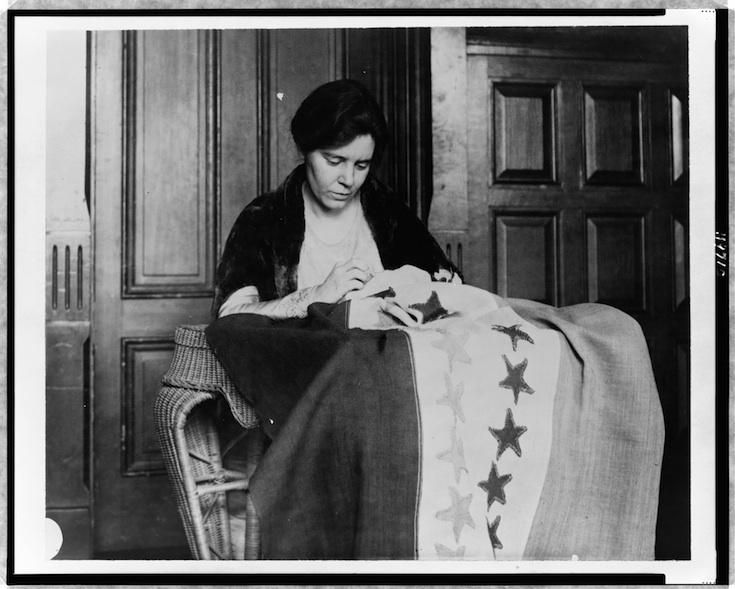 Alice Paul sewing the suffrage flag, sometime between 1912 and 1920
Alice Paul sewing the suffrage flag, sometime between 1912 and 1920
If you have a look online for craftivism, you’ll see that most examples are either knitted or embroidered. In part, I think this is because when I started this whole process, those were the crafts I favoured. However, I think there is a lot of room for sewing here, and would love to hear your ideas and examples for any (or all) of the three tenets in either the comments or via emailing me directly. The posts will be in the order listed above, and I’d love to share your craftivism ideas or photos (if you’ve completed any related projects!) with everyone in them!
In keeping with our nostalgic theme for this post, here is another historical example of people making things for donation to get you inspired. As an added bonus, they are also wearing rather majestical hats.
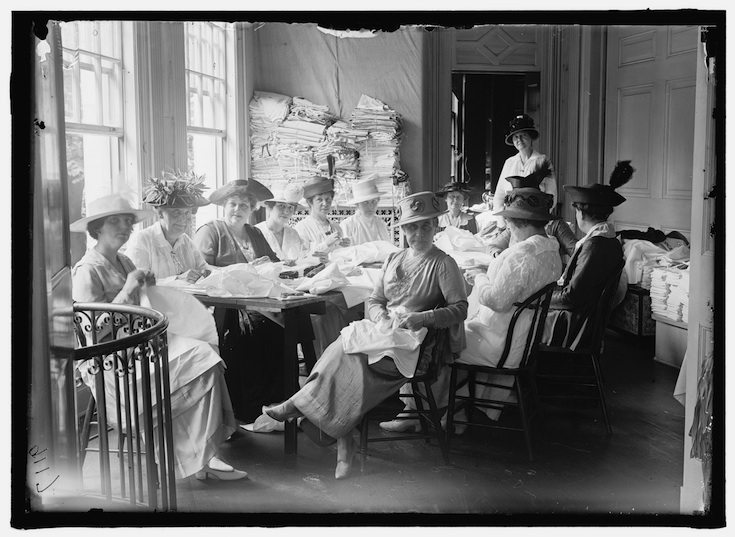 Photograph by’ Harris & Ewing in 1915, Senate Women Sewing at District Headquarters, Red Cross
Photograph by’ Harris & Ewing in 1915, Senate Women Sewing at District Headquarters, Red Cross







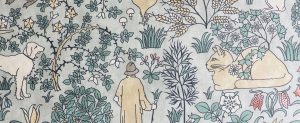
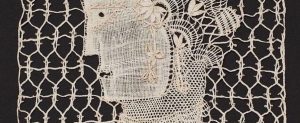
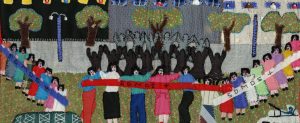




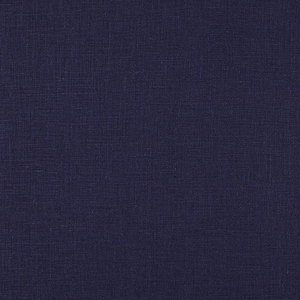





















14 Comments
kirrilee
For the last few months I have been making things (especially linen things ;)) to sell and raise money for two charities – the Salvation Army and a school a friend of mine set up for orphans in Zambia (Our Rainbow House). One is a huge charity (helping a million Australians a year) and the othrr is run from my friend’s kitchen in outback Australia. Donated craft have helped both so much, inraising money and showing love. Just as importantly ive seen craft give dignity – warm, nice knitted beanies for homeless people; pretty dresses, all different, for girls at the school, donated crayons for kids who had literally never seen coloured pens of any kind, which led to art classes and creative development. I just love that I can create care, well-being and real opportunity that wouldn’t exist othetwise by stitching things together 🙂
Betsy Greer
That’s so great, Kirrilee! Thanks so much for sharing who you made things for! I love that you mention dignity in particular, because I think that’s a big part of it… especially when what is made is of high quality (skill, material or both), something they can be proud of.
Mrs_C
Photo # 2 (Women knitting for soldiers in Berlin during WWI, either in 1914 or 1915) may not be the happiest choice. Germany was the aggressor in WWI (as well as in WWII), the leading Central Power vs the Allied Powers (of which the US was also a part of).
Betsy Greer
Good point, Mrs_C! If I’ve offended anyone, I do apologize, as that was not my intent! With the photos, I was looking for one that showed intergenerational knitters, and that was the best (but maybe not the best) one! Thanks for pointing my gaffe out!
Loraine
I, on the other hand, admire the craftivity of #2 and the fact that they were Senators wives working to make a positive effect in a negative situation. I am thinking also of the most recent effort of knitting wool liners for men’s helmets in Desert Storm which my son-in-law was in. The effort of women to offset the tragedies in life have gradually come to life for me since starting to sew quilts for the homeless whether from illness, economic distress, fire, tornadoes and windstorms or sadly war refugees and warriors to keep life and hope going even a little bit. NOTE: I did have a sick gut feeling that men and women were in distress to serve our country. Some things just sink in later than sooner. I was so proud of my dad’s service; he certainly saw it differently than I did. And being a nurse I sought what to do to heal. I have never suffered what folks in these situations have. My heart goes out to you Mrs_C as well. THE UNION QUILTERS by Jennifer Chiaverini has brought this home to me.
Betsy Greer
It sounds like you’re up to great crafty things, Loraine! And being a nurse is such a thankless job sometimes, but thank you for being one! And I’ll check out The Union Quilters, thanks for mentioning it!
Peter Asher
When I was in 4th grade in the third year of World War II we were all, boys and girls, taught how to knit so as to make “œAfghans,” which were wheel chair blankets for wounded vets. We knitted squares of a specific size, using the yarn colors of our choice and then those that could sew would put them together to make the blanket.
I remember my first square was a definitive trapezoid but then I got the hang of uniform tautness on the needles. I also remember we had rainbow yarn that changed through the six colors every eight inches.
Betsy Greer
What a great memory, Peter, and thanks so much for sharing it! What a lovely thing to do as a class all together! (And I bet that trapezoid was a lovely trapezoid!) 🙂
Cathy
Loved the article! I never knew there was a name for what I, as a quilter, have participated in over the years. At times I’ve made quilts for children for Project Linus, doll clothes and quilts for the Santa Claus Girls in Grand Rapids, MI, numerous baby blankets for various crisis pregnancy centers, quilts for soldiers through Quilts of Valor, and quilts for people locally who’ve experienced a loss due to fire. It’s fun and rewarding work, to make something for someone else in need.
Betsy Greer
I’m glad you liked it, Cathy, and it sounds like you’ve been busy making things for others over the years, well done! 🙂
Pam
There is a long history of quilts made to express political opinions. Women had an interest in the political system long before they won the right to vote, and the quilts were one means of expressing their opinions.
Betsy Greer
You’re right, Pam! Quilts have an enormously rich history of speaking up for people! I love how people have long used needle and thread to share their thoughts on various issues! Also, I’d love to see photos of some of the things you’ve made, and perhaps use them in my next post here. If you’d like to share, you can email me photos or links here: betsy@craftivism.com (And that goes for anyone else who’s made items for donations, too!)
Susan
I like the article Thank You for sharing
Betsy Greer
I’m glad you liked it, Susan, and THANK YOU for reading it! 🙂